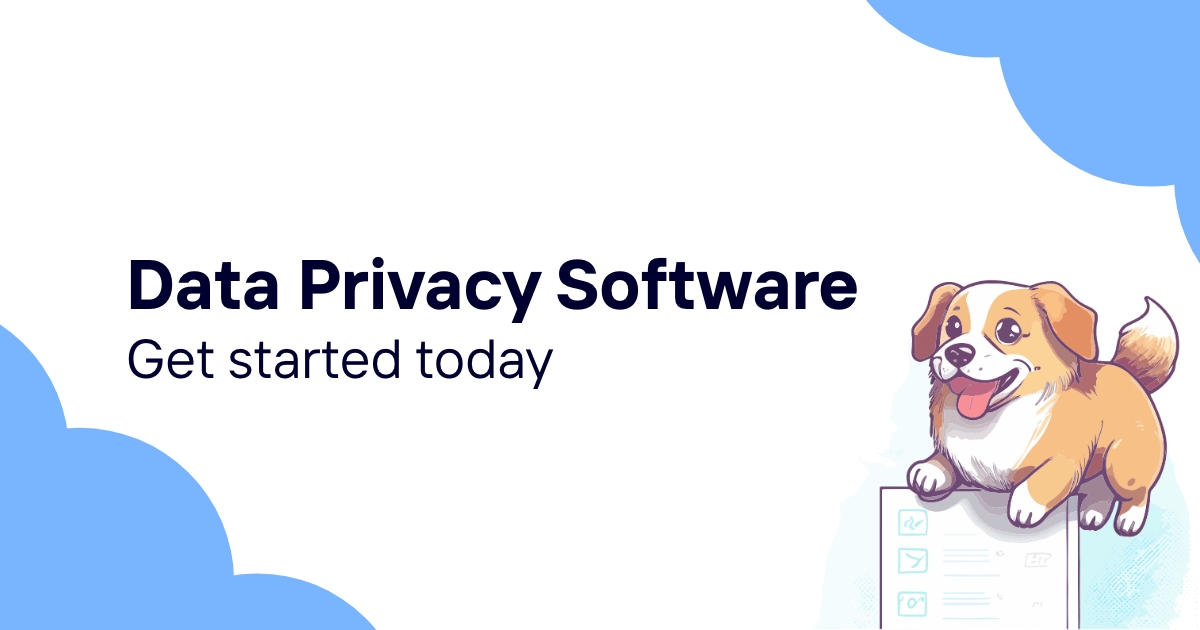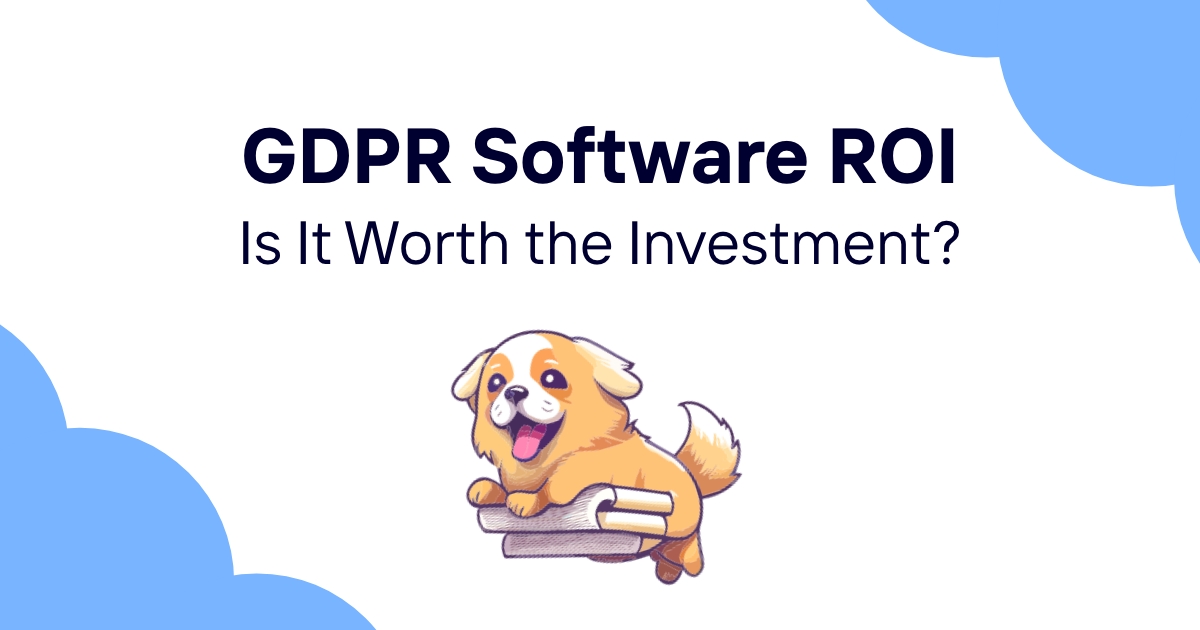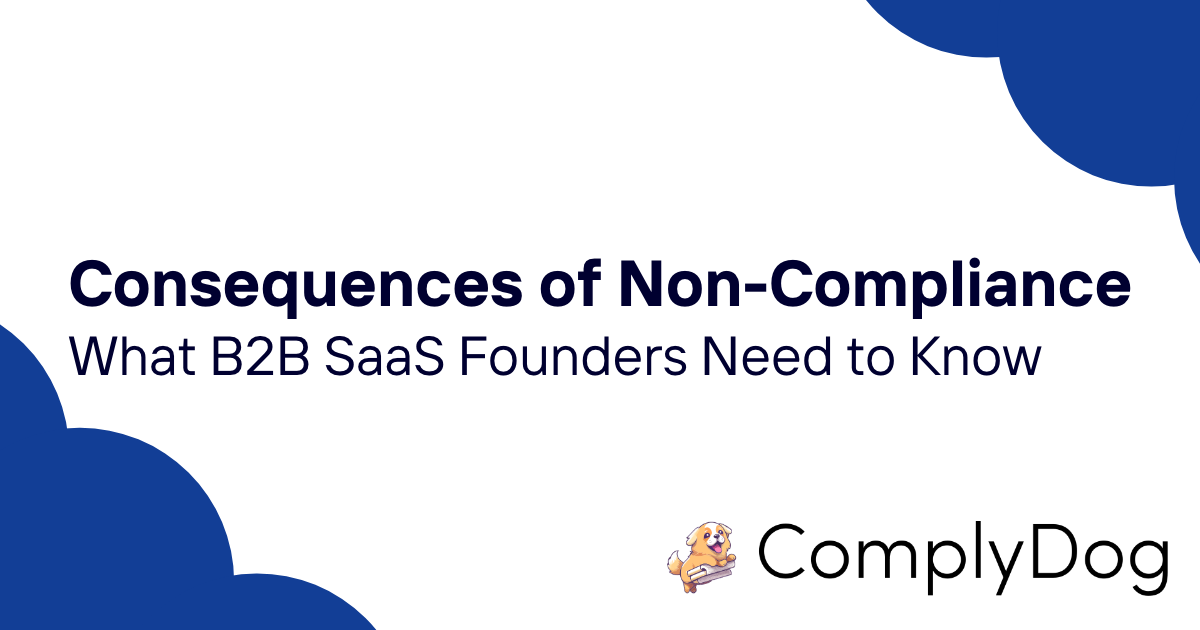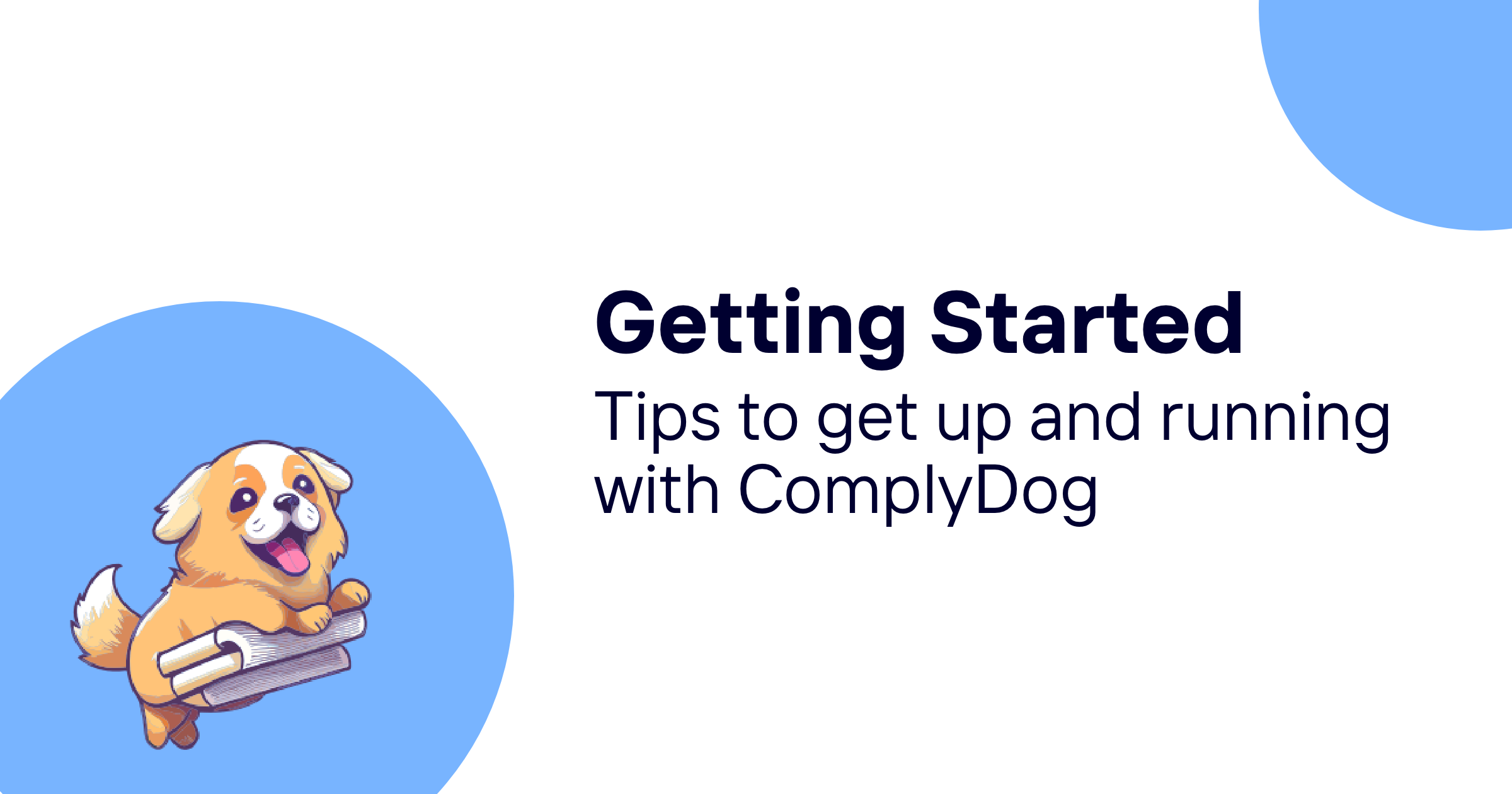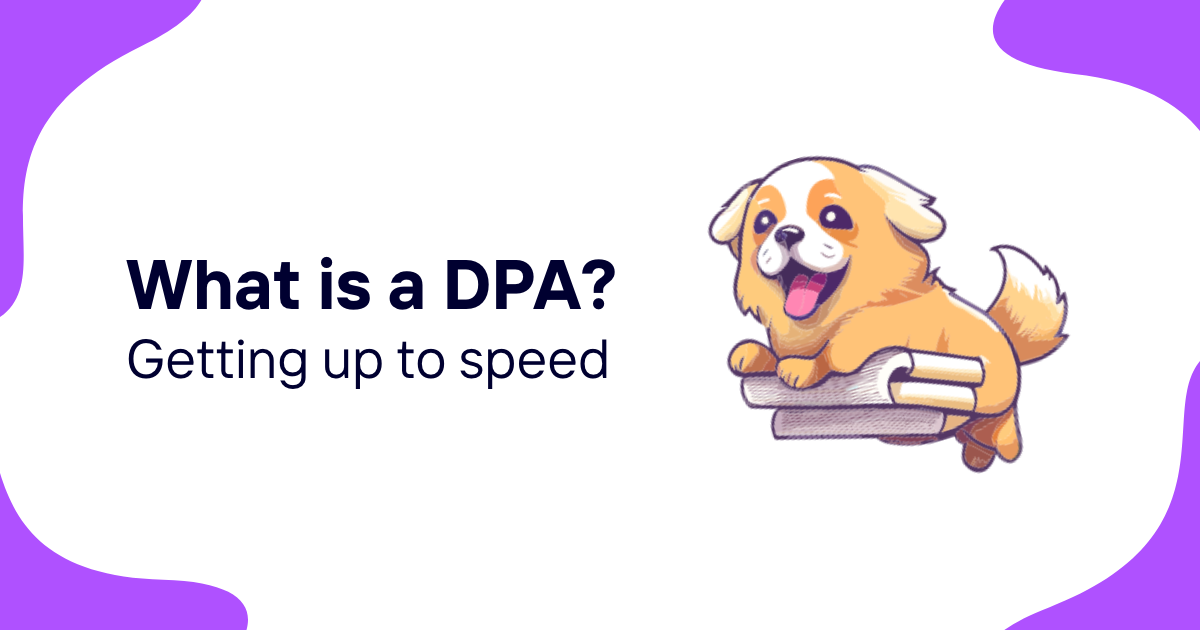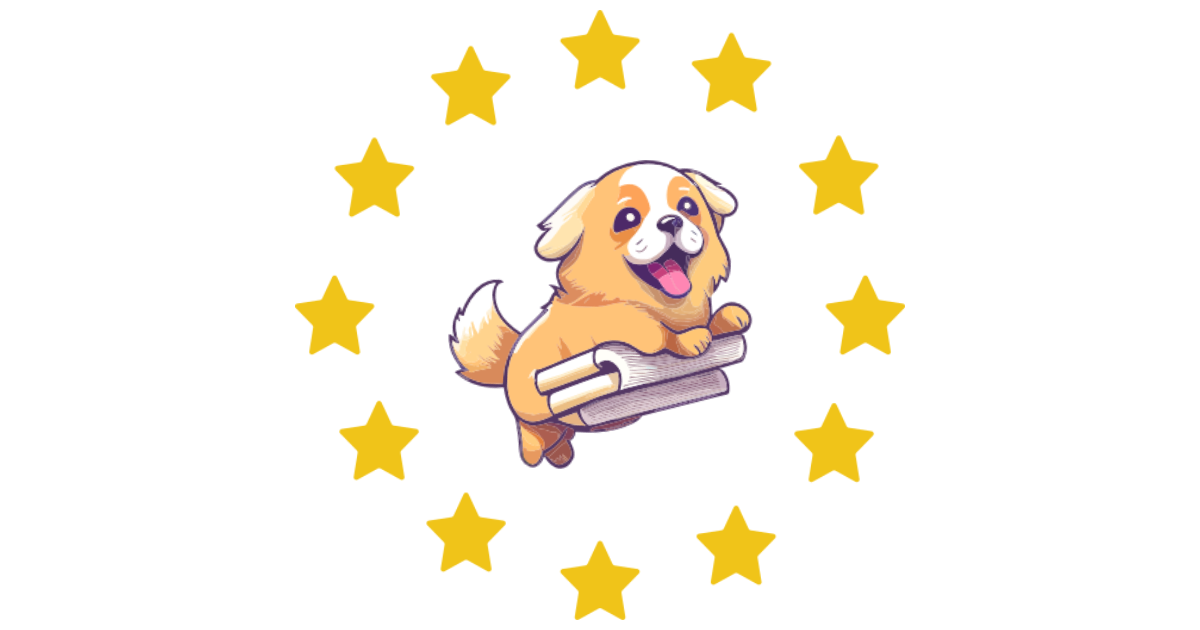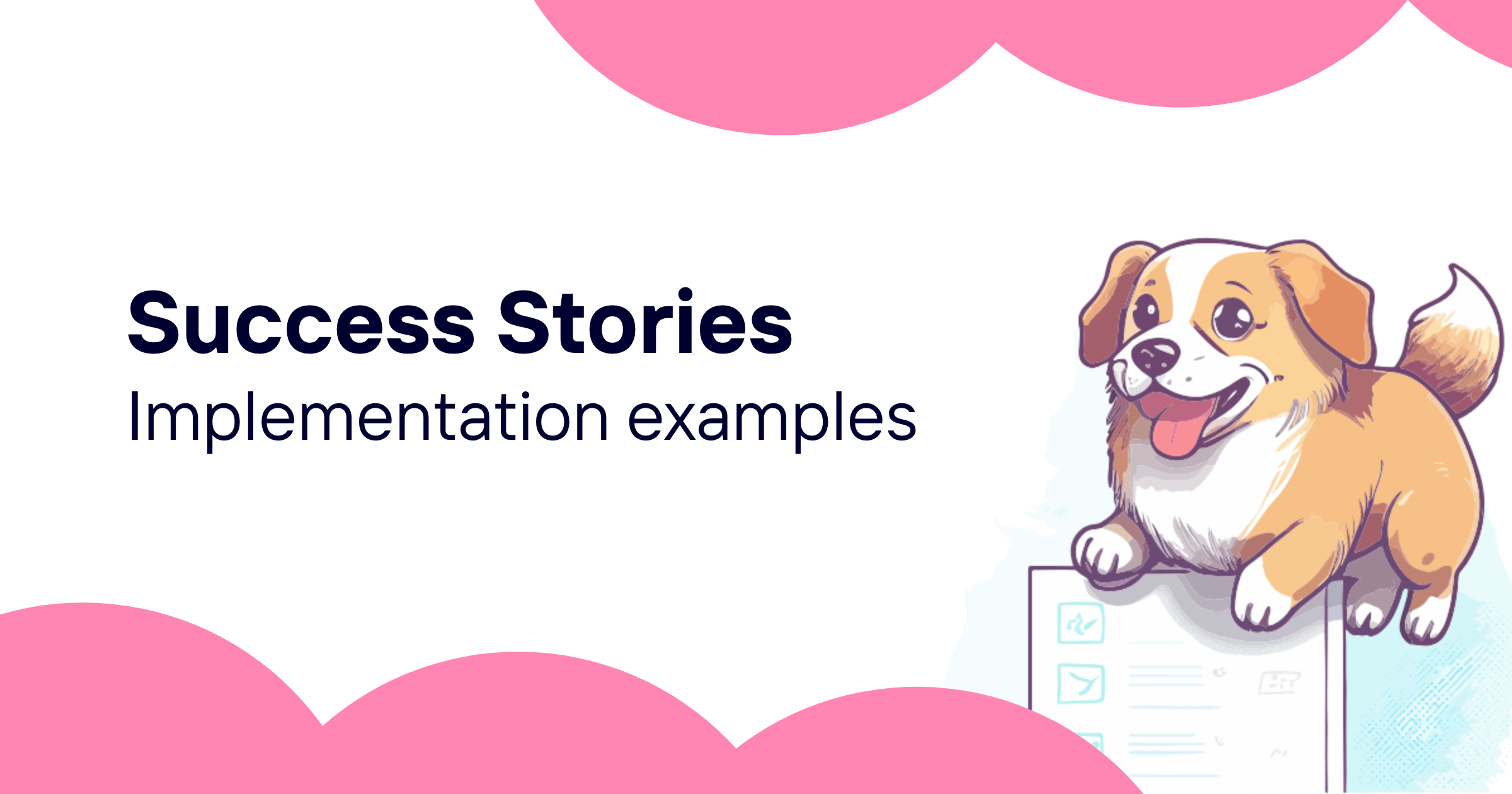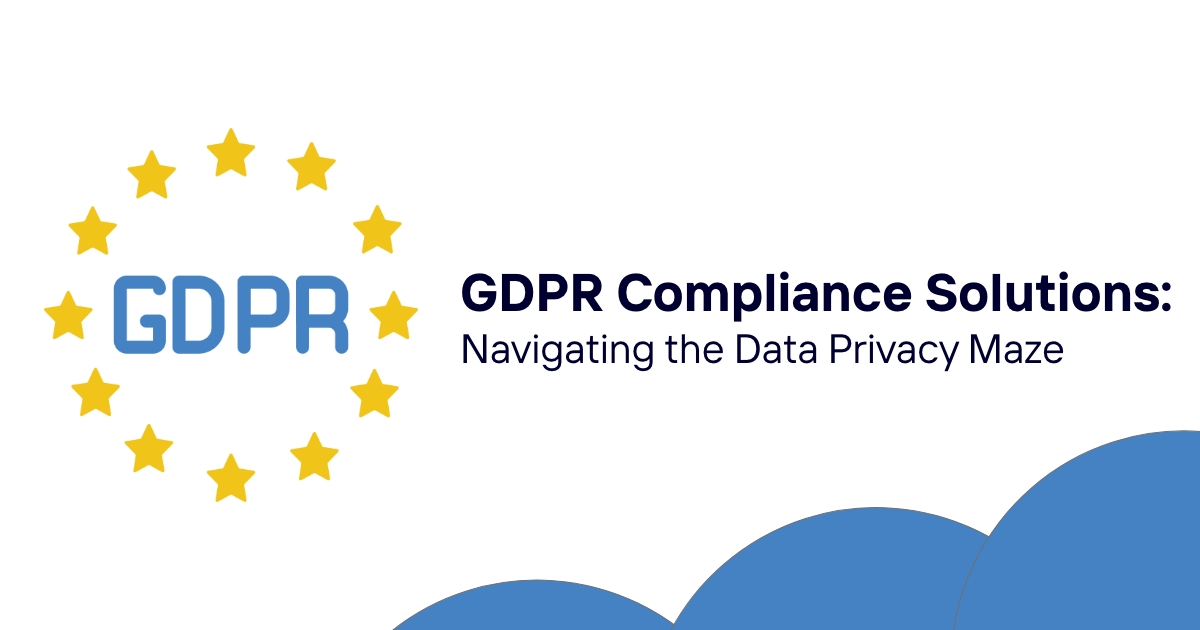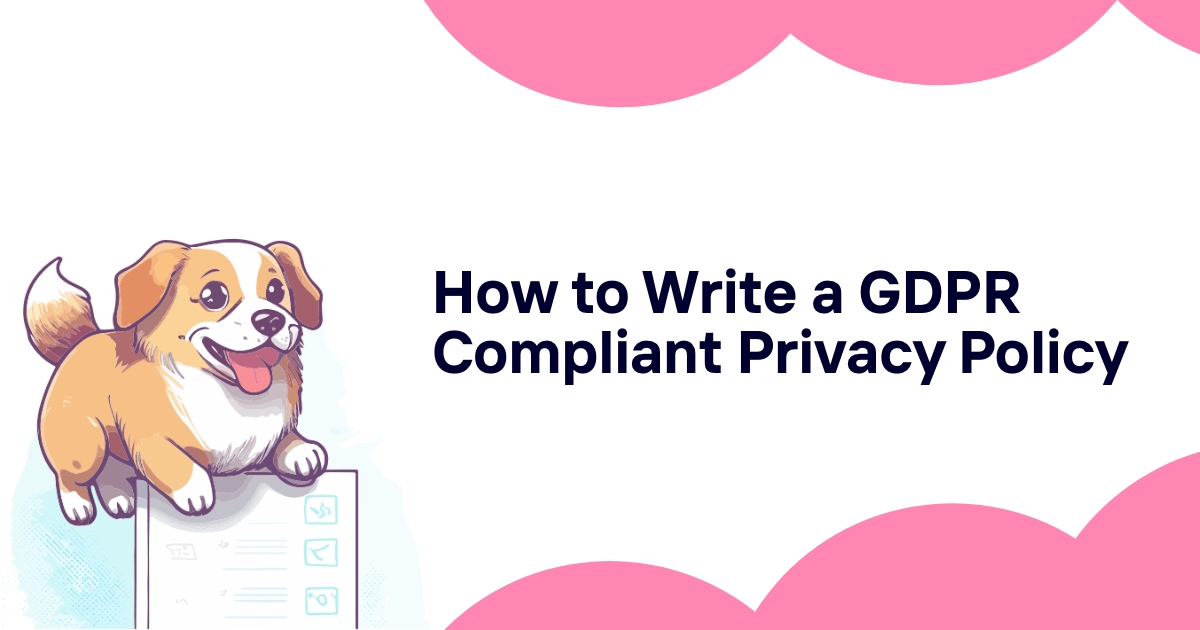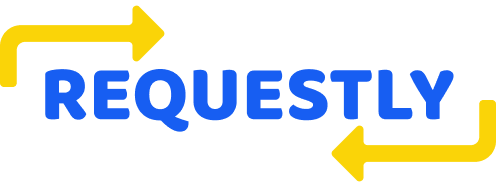Table of Contents
- Introduction: The Privacy Paradox
- What is Data Privacy Software?
- The Rising Tide of Data Breaches
- Key Features of Robust Data Privacy Software
- Types of Data Privacy Software
- Implementing Data Privacy Software: Best Practices
- The Role of AI in Data Privacy
- Regulatory Compliance and Data Privacy Software
- Challenges in Adopting Data Privacy Software
- The Future of Data Privacy Software
- Case Studies: Data Privacy Software in Action
- Choosing the Right Data Privacy Software for Your Business
- Conclusion: Embracing Data Privacy in a Connected World
Introduction: The Privacy Paradox
We're living in a world where our digital footprints are growing larger by the day. From social media posts to online shopping habits, our personal information is scattered across countless databases. It's a bit like leaving breadcrumbs all over the internet - except these crumbs are made of our most sensitive data.
But here's the kicker: while we're happily sharing our lives online, we're also increasingly worried about our privacy. It's a classic case of wanting to have our cake and eat it too. We want the convenience of digital services, but we also want our information to be Fort Knox-level secure. Welcome to the privacy paradox, folks!
This is where data privacy software comes into play. It's like a digital bouncer for your personal information, keeping the bad guys out while letting you enjoy the party. But before we dive into the nitty-gritty of data privacy software, let's take a moment to understand what we're up against.
What is Data Privacy Software?
Data privacy software is like a Swiss Army knife for your digital life. It's a set of tools designed to protect personal and sensitive information from unauthorized access, use, or disclosure. Think of it as a digital bodyguard, constantly on the lookout for potential threats to your data.
But it's not just about keeping the bad guys out. Data privacy software also helps organizations manage and protect the data they collect from their customers and employees. It's a balancing act between using data to improve services and respecting individual privacy rights.
Some key functions of data privacy software include:
- Data discovery and classification
- Access control and encryption
- Data anonymization and pseudonymization
- Consent management
- Data breach detection and response
Now, you might be thinking, "Do I really need all this?" Well, let me paint you a picture of what we're up against.
The Rising Tide of Data Breaches
Picture this: You're sitting at home, enjoying your morning coffee, when suddenly your phone buzzes. It's an email from a company you've done business with, and the subject line reads: "Important Notice: Data Breach."
Your heart sinks. Your personal information - maybe your name, address, or even your credit card details - might now be in the hands of cybercriminals. Unfortunately, this scenario is becoming all too common.
Let's look at some sobering statistics:
- In 2023, the average cost of a data breach reached $4.45 million, according to IBM's Cost of a Data Breach Report.
- The same report found that it takes an average of 277 days to identify and contain a breach.
- The number of data breaches has been steadily increasing year over year, with no signs of slowing down.
These aren't just numbers on a page. Each data breach represents real people whose personal information has been compromised. It's a stark reminder of why data privacy software is more crucial than ever.
Key Features of Robust Data Privacy Software
Now that we've seen the beast we're up against, let's talk about how to tame it. A good data privacy software should have several key features:
-
Data Discovery and Classification: This is like a metal detector for sensitive information. It scans your systems to find and categorize sensitive data, making it easier to protect.
-
Access Control: Think of this as a bouncer at an exclusive club. It decides who gets in and who doesn't, based on predefined rules.
-
Encryption: This turns your data into a secret code that only authorized parties can decipher. It's like sending messages in invisible ink.
-
Data Masking: This feature obscures sensitive data while preserving its format. It's like putting a digital blur filter on your confidential information.
-
Consent Management: This keeps track of who's allowed you to use their data and for what purpose. It's like having a really organized personal assistant for permissions.
-
Audit Trail: This feature logs all data-related activities. It's like having a security camera that records everything happening to your data.
-
Data Breach Detection and Response: This is your early warning system. It alerts you to potential breaches and helps you respond quickly.
-
Compliance Reporting: This feature helps you prove you're following data protection regulations. It's like having a legal team on standby.
Remember, not all data privacy software will have all these features. It's important to choose one that fits your specific needs.
Types of Data Privacy Software
Data privacy software comes in different flavors, each designed to tackle specific aspects of data protection. Let's break them down:
-
Data Discovery and Classification Tools: These are like bloodhounds for sensitive data. They sniff out where your critical information is stored across your systems.
-
Data Loss Prevention (DLP) Software: Think of this as a guard dog for your data. It prevents sensitive information from leaving your network without authorization.
-
Encryption Software: This turns your data into gibberish for anyone who doesn't have the decryption key. It's like speaking in a secret language only you and your intended recipients understand.
-
Privacy Management Platforms: These are like command centers for your privacy operations. They help you manage consent, handle data subject requests, and maintain records of processing activities.
-
Data Anonymization Tools: These remove or encrypt identifying information from your datasets. It's like giving your data a fake mustache and glasses.
-
Consent Management Platforms: These tools help you collect, store, and manage user consents. Think of it as a digital filing cabinet for permission slips.
-
Data Breach Response Tools: These are your emergency kits for when things go wrong. They help you detect, contain, and respond to data breaches quickly.
Each type of software plays a crucial role in the overall data privacy landscape. Depending on your needs, you might use one or a combination of these tools.
Implementing Data Privacy Software: Best Practices
Alright, so you've decided to beef up your data privacy game. Good on you! But before you dive in headfirst, let's talk about some best practices for implementing data privacy software:
-
Know Your Data: Before you can protect your data, you need to know what you have and where it's stored. Conduct a thorough data inventory.
-
Risk Assessment: Identify your vulnerabilities. Where are the weak points in your current setup?
-
Choose Wisely: Select software that aligns with your specific needs and risk profile. Don't just go for the fanciest option - choose what works for you.
-
Start Small: Begin with a pilot program. It's like dipping your toe in the water before diving in.
-
Train Your Team: The best software in the world won't help if your team doesn't know how to use it. Invest in training.
-
Regular Updates: Cyber threats evolve, and so should your defenses. Keep your software up to date.
-
Monitor and Adjust: Regularly review the effectiveness of your data privacy measures and adjust as needed.
-
Create a Culture of Privacy: Make data privacy a part of your organization's DNA. It should be everyone's responsibility, not just the IT department's.
Remember, implementing data privacy software isn't a one-and-done deal. It's an ongoing process that requires constant attention and adaptation.
The Role of AI in Data Privacy
Artificial Intelligence isn't just for beating humans at chess anymore. It's making waves in the world of data privacy too. Here's how:
-
Anomaly Detection: AI can spot unusual patterns in data access or movement that might indicate a breach. It's like having a super-observant security guard that never sleeps.
-
Automated Data Classification: AI can help categorize vast amounts of data quickly and accurately, making it easier to apply appropriate protection measures.
-
Predictive Analytics: AI can analyze patterns to predict potential vulnerabilities before they're exploited. It's like having a crystal ball for cybersecurity.
-
Natural Language Processing: This can help in reviewing and categorizing unstructured data, like emails or documents, for sensitive information.
-
Adaptive Security: AI can learn from past incidents to improve security measures over time. It's like a security system that gets smarter with every attempted breach.
But let's not get carried away. AI isn't a magic bullet. It's a powerful tool, but it needs to be used wisely and in conjunction with human oversight.
Regulatory Compliance and Data Privacy Software
If you're in business, you've probably heard of GDPR. It's not just a random string of letters - it's a game-changer in the world of data privacy. But GDPR isn't the only sheriff in town. There's also CCPA, HIPAA, and a whole alphabet soup of other regulations.
Data privacy software can be a lifesaver when it comes to compliance. Here's how:
-
Data Mapping: It helps you understand what data you have and where it's stored - a key requirement of many regulations.
-
Consent Management: It keeps track of user permissions, helping you stay on the right side of consent requirements.
-
Data Subject Rights: Many regulations give individuals rights over their data. Privacy software can help you manage these requests efficiently.
-
Breach Notification: In case of a breach, privacy software can help you quickly assess the impact and notify the relevant parties within required timeframes.
-
Audit Trails: It maintains detailed logs of data processing activities, which can be crucial for demonstrating compliance during audits.
But here's the kicker - compliance isn't just about avoiding fines. It's about building trust with your customers and protecting your reputation. And in today's digital age, trust is currency.
Challenges in Adopting Data Privacy Software
Now, I'd love to tell you that implementing data privacy software is all sunshine and rainbows. But let's get real - it comes with its fair share of challenges:
-
Cost: Good data privacy solutions can be expensive. It's an investment, and like any investment, you need to weigh the costs against the benefits.
-
Complexity: Some solutions can be complex to implement and manage. It's not just plug-and-play.
-
Integration Issues: Your new privacy software needs to play nice with your existing systems. Sometimes, that's easier said than done.
-
User Resistance: People are creatures of habit. New systems often face resistance from employees who are used to doing things a certain way.
-
Keeping Up with Regulations: Privacy laws are constantly evolving. Your software needs to be flexible enough to adapt to these changes.
-
False Sense of Security: Sometimes, organizations think that implementing privacy software means they can tick the 'data protection' box and forget about it. Spoiler alert: it doesn't work that way.
-
Data Overload: Privacy software can generate a lot of data. Making sense of it all can be overwhelming.
Remember, these challenges aren't insurmountable. With proper planning and management, they can be overcome. It's all part of the journey towards better data privacy.
The Future of Data Privacy Software
I don't have a crystal ball, but based on current trends, here's where I think data privacy software is headed:
-
AI and Machine Learning Integration: We're going to see more AI-powered features that can predict and prevent privacy risks.
-
Cloud-Based Solutions: As more businesses move to the cloud, we'll see more privacy solutions designed for cloud environments.
-
Privacy-Enhancing Technologies (PETs): These are technologies that minimize personal data use while maximizing data utility. Expect to see more of these integrated into privacy software.
-
Blockchain for Data Privacy: Blockchain's decentralized nature could revolutionize how we approach data privacy.
-
User-Centric Design: Privacy software will become more user-friendly, making it easier for non-technical users to manage their data privacy.
-
IoT Privacy: As the Internet of Things grows, we'll see more solutions designed to protect privacy in interconnected device ecosystems.
-
Quantum-Resistant Encryption: With the advent of quantum computing, we'll need new encryption methods that can withstand quantum attacks.
The future of data privacy software is exciting, but it's also a bit daunting. As technology evolves, so too will the challenges and solutions in the world of data privacy.
Case Studies: Data Privacy Software in Action
Let's take a look at some real-world examples of how data privacy software has made a difference:
-
Healthcare Provider X: This hospital implemented a data discovery and classification tool. They found sensitive patient data in unexpected places, like old email attachments. By securing this data, they avoided potential HIPAA violations.
-
E-commerce Company Y: After implementing consent management software, this company saw a 30% increase in customers opting in for marketing communications. Why? Because customers felt more in control of their data.
-
Financial Services Firm Z: This firm used encryption and data loss prevention software to secure client data. When a laptop was stolen, the thief couldn't access any sensitive information, averting a potential crisis.
-
Tech Startup A: By using privacy management software to streamline their GDPR compliance, this startup was able to enter the EU market much faster than their competitors.
-
Retail Giant B: After a data breach, this company implemented breach detection and response software. When faced with another attack, they were able to contain it within hours instead of days.
These case studies show that data privacy software isn't just about avoiding fines or ticking compliance boxes. It's about building trust, improving efficiency, and even gaining a competitive edge.
Choosing the Right Data Privacy Software for Your Business
Alright, so you're convinced you need data privacy software. But with so many options out there, how do you choose? Here are some factors to consider:
-
Your Specific Needs: What are your biggest privacy challenges? Do you need help with GDPR compliance? Data discovery? Encryption? Focus on solutions that address your primary concerns.
-
Scalability: Will the software grow with your business? You don't want to outgrow your solution in a year.
-
Ease of Use: The most powerful software in the world is useless if your team can't figure out how to use it. Look for intuitive interfaces and good support.
-
Integration: How well does it play with your existing systems? Seamless integration can save you a lot of headaches down the road.
-
Cost: Consider both the upfront cost and the total cost of ownership. Sometimes, a more expensive solution can save you money in the long run.
-
Vendor Reputation: Look for vendors with a track record of reliability and good customer support.
-
Compliance: Make sure the software helps you meet the specific regulations that apply to your industry and regions of operation.
-
Customization: Every business is unique. Look for software that can be tailored to your specific needs.
-
Reporting Capabilities: Good data privacy software should provide clear, actionable insights. Look for robust reporting features.
Remember, there's no one-size-fits-all solution. The right software for you is the one that best meets your specific needs and circumstances.
Conclusion: Embracing Data Privacy in a Connected World
We've come a long way in our journey through the world of data privacy software. From understanding the rising tide of data breaches to exploring the future of privacy tech, we've covered a lot of ground.
Here's the thing: data privacy isn't just about compliance or avoiding fines. It's about respect. Respect for your customers, your employees, and your business partners. It's about recognizing that the data you handle represents real people with real lives.
Implementing data privacy software is a big step towards showing that respect. It's a way of saying, "We value your trust, and we're committed to protecting it."
But let's be real - implementing data privacy measures can be complex and time-consuming. This is where tools like ComplyDog come in. ComplyDog is an all-in-one GDPR compliance tool designed specifically for software businesses. It streamlines the compliance process, making it faster and more cost-effective.
With features like automated data mapping, consent management, and breach notification, ComplyDog takes the headache out of GDPR compliance. It's like having a dedicated privacy expert on your team, guiding you through the complexities of data protection.
At the end of the day, data privacy isn't just about protecting information - it's about protecting people. And in our increasingly connected world, that's more important than ever.
So, are you ready to take the plunge into better data privacy? Remember, every journey begins with a single step. And in the world of data privacy, that first step could be as simple as implementing the right software.
After all, in the digital age, data is the new gold. And just like gold, it needs to be protected. So let's roll up our sleeves and get to work. Your data - and your customers - will thank you for it.
